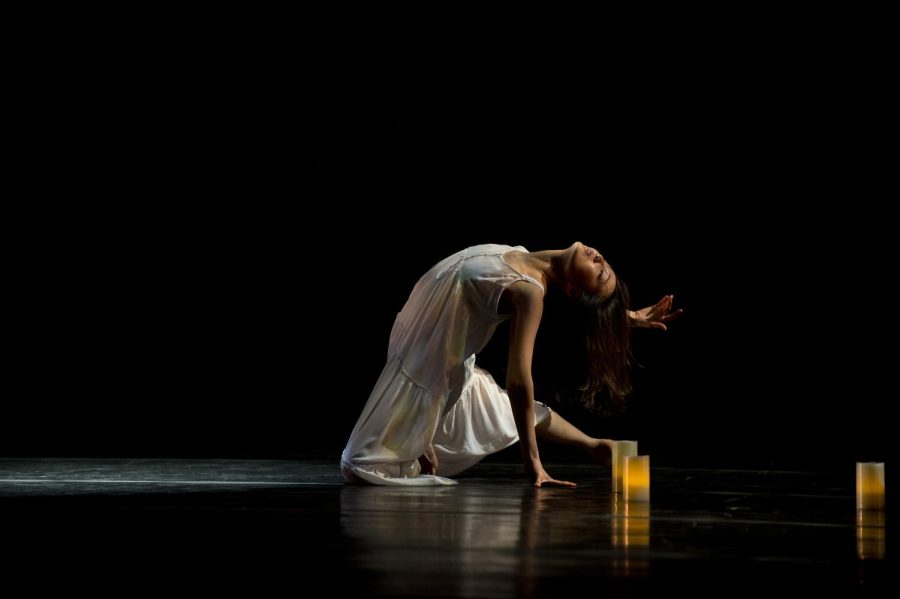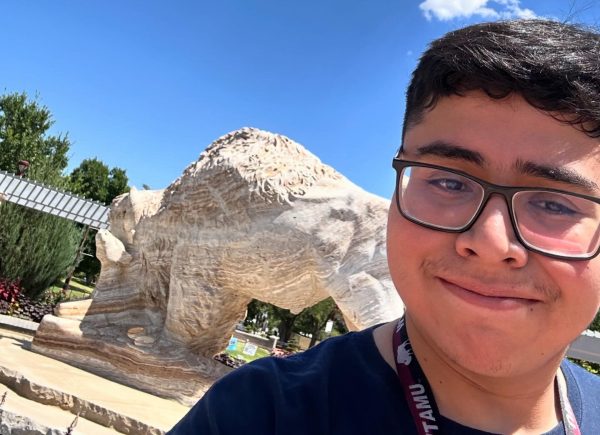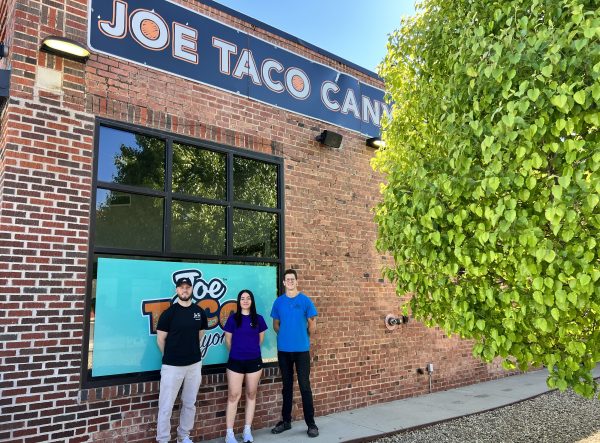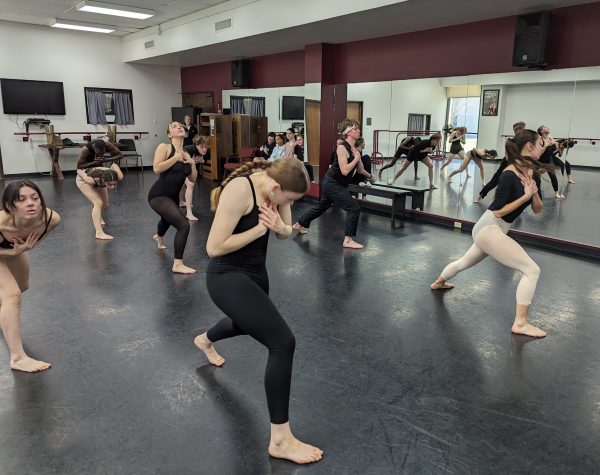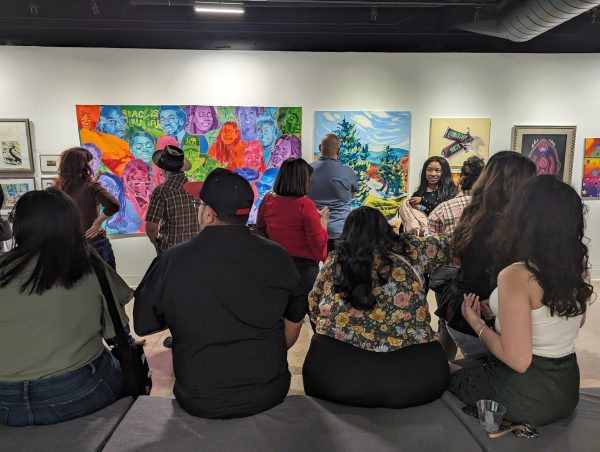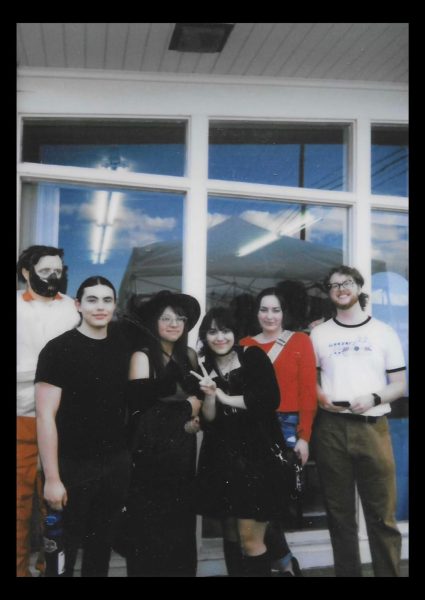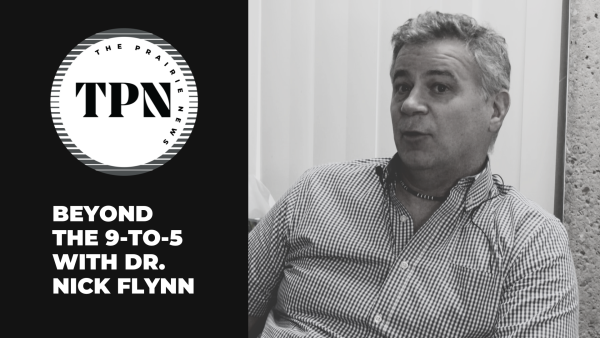The history and influences behind K-Pop Dance with Dr. Chuyun Oh
Dance with refugee K-pop dancers, Wellin Hall, Schambach Center, NY 2017 (Photo provided by Dr. Chuyun Oh)
Associate Professor of Dance at San Diego State University, Dr. Chuyun Oh will speak on K-Pop Dance at 6:30 p.m. March 9 at the Sybil B. Harrington College of Fine Arts Complex Recital Hall on the West Texas A&M University campus. Dr. Oh has devoted her academic research to dance, specifically performance ethnography, activism and racial and gender identities.
Performance ethnography revolves around the anthropological bases of dance and theatre within community culture. Activism within dance involves the ways creative performance allows for freedom of expression for individuals or groups. Racial and gender identities intersect with performance ethnography and activism through creative thought.
“Performance ethnography develops from anthropology,” Dr. Oh said. “Later it became more artistic. One of the book chapters of [K-Pop Dance: Fandoming Yourself on Social Media] focuses on my ethnographic fieldwork with refugee children, and also K-Pop dancers. After a few months of collaboration we created a performance that included K-Pop, modern dance and other types of dances.”
K-Pop dance has a long history, starting from “the 1980s when celebrities and musicians began to capture a local audience.” Today, K-Pop dance has become increasingly more popular with groups such as BTS, EXO, TWICE and BLACKPINK showcasing dance moves that allow for the Asian diaspora and the international audience to enjoy the performances.
“We can apply any traditional research method to understand K-Pop,” Dr. Oh said. “It’s a type of social dance. K-Pop idols publicly acclaim the hip-hop artist and their influences. My point is that as an academic, and a writer we need to consider K-Pop as an academic discipline, because it’s time.”
K-Pop has influences across the world and here at WT. WT has a student organization, West Texas K-Pop as well as the KWTS 91.1 show on K-Pop hosted by Veronica Torres weekly on Thursdays from 7 to 9 p.m. K-Pop dance and music intersect to create an artistic movement that blends two mediums, dance and music.
“The popularity of K-Pop dance largely goes to the music,” Dr. Oh said. “K-Pop musicians and dancers are collaborating and supporting each other through this new style.”
The variety of genres within K-Pop dance brings together the Asian diaspora and the international audience through the Asian representation and the cultural aspects of K-Pop Dance.
“There are a lot of music styles, Asian hip-hop, jazz and rock,” Dr. Oh said. “Something that has not been fully discussed is the re-immigration of Korean-Americans to the K-Pop industry who grew up listening to R&B and hip-hop music. It’s really exciting that K-Pop is creating another platform. I interviewed one of the K-Pop dancers working in Hollywood last week, and she said she is working with hip-hop dancers, street dancers and K-Pop dancers. It is nearly impossible to pin down one genre.”
Culturally, K-Pop dance includes aspects of makeup, clothing and skincare within Korean society.
“K-Pop dance is not just about the dance movement,” Dr. Oh said. “It is also about K-beauty, makeup, hair, fashion style and body type. If you look at a K-Pop music video, you get a sense of emerging trends.”
K-Pop dance also offers the opportunity for activism through the medium of dance. Dance allows for creative freedom, as Dr. Oh witnessed whilst she was working with refugees and K-Pop dancers. Dr. Oh is excited for what lies in store for K-Pop dance.
“I love working with K-Pop dancers,” Dr. Oh said. “If we look at the video, it’s cute and cool. But if you interview and observe the years of practice they go through, they speak through their performance.”
Dr. Oh’s K-Pop Dance: Fandoming Yourself on Social Media is available for purchase on Amazon.

My name is Victoria Fatiregun. I am in my senior year here at WTAMU. I am an English major and I am keen on entertaining the advertising and marketing...



